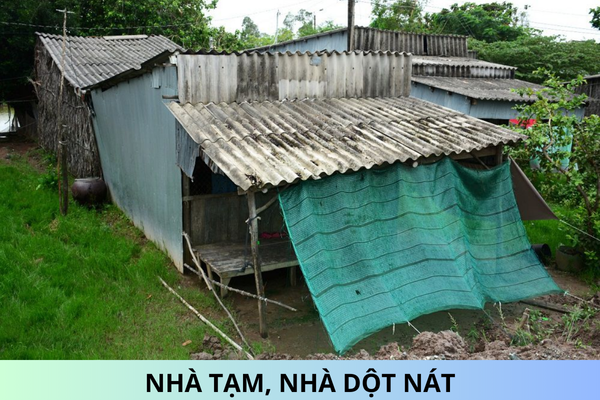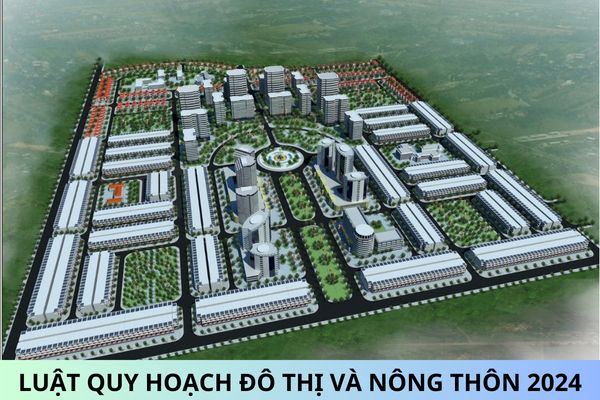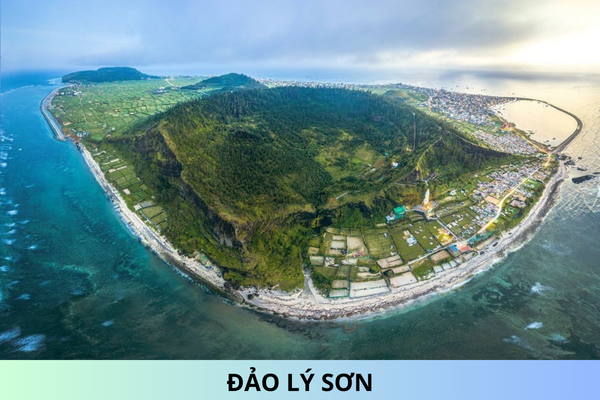Contents of national environmental protection planning in Vietnam
What are regulations on contents of national environmental protection planning in Vietnam? Please get back to me.

Contents of national environmental protection planning in Vietnam (Image from the Internet)
Pursuant to Article 25 of Decree 37/2019/ND-CP regulating the contents of national environmental protection planning:
National environmental protection planning shall contain at least:
1. Assessment of status and changes in the quality of environment, natural landscapes and biodiversity; waste generation; effects of climate change; environmental management and protection:
a) Natural conditions, current economy and society at the beginning of the planning period;
b) Status at the beginning of the planning, changes in quality of the environment during the previous planning, including quality of soil in areas contaminated with toxic chemicals during the war, areas with industrial parks, factories, chemical and agrochemical warehouses, landfills, traditional villages that have been shut down or moved, areas where toxic minerals are extracted or toxic chemicals are used to carry out extraction but the extraction has been done, farming areas where plenty of chemicals are used in the areas under planning; quality of water in territorial waters, coastal areas, rivers, river sections, lakes, ponds, channels, ditches, especially in areas with wastewater from different sources or large amounts of wastewater, environmentally sensitive area; quality of air in urban areas, densely populated areas, industrial production areas, traditional villages, areas with industrial emissions from different sources or large amounts of industrial emissions;
c) Status at the beginning of the planning period, changes in natural landscapes and biodiversity nationwide, including natural landscapes, natural ecosystems, animal and plant species and genetic resources;
d) Generation of waste during the previous planning and forecasting of scale and nature of waste generated during the planning period, including industrial wastewater, domestic wastewater and other types of waste; industrial emissions, emissions from vehicles, other emissions; ordinary industrial solid waste, construction solid waste, solid waste generated from agricultural production and production of agricultural by-products; domestic waste in urban areas, rural areas and traditional villages; hazardous waste; other special waste;
dd) Effect of climate change during the previous planning and forecasting of effects of climate change on environmental quality and biodiversity during the planning period;
e) Environmental management and protection, including state management of environment by ministries and local authorities; environmental management and protection by enterprises, communities and participation of social organizations and people; promulgation of legislative documents, technical regulations, standards, procedures and economic - technical norms for environment; approval for environmental impact assessment reports, environmental licensing, environmental inspections; environmental zoning; nature and biodiversity conservation; waste management; environmental monitoring and warning during the previous planning; main issues concerning the environment and challenges to the environment during the planning period.
2. Environmental protection viewpoints, objectives, tasks and solutions:
a) Viewpoints on environmental protection during the planning period;
b) Overall and specific viewpoints on environmental protection for the planning that covers a period of 10 years with 30 - 50 year orientations;
c) Environmental protection tasks and solutions, including minimization of effects of socio - economic development on the environment, pollution source control, waste management; environmental quality management and improvement, nature and biodiversity conservation;
d) Principles and regulations on cooperate in implementing orientations, solutions for treating waste, including ordinary industrial waste, construction waste, industrial waste, agricultural waste, traffic waste, medical waste, radioactive waste and other waste.
3. Orientations for environmental zoning; nature and biodiversity conservation; waste management; environmental monitoring and warning during the planning period:
a) Orientations for nationwide environmental zoning by areas that need strict protection, areas where emission is restricted and other areas;
b) Targets and orientations for establishment of high biodiversity areas, important natural landscapes, biodiversity corridors, protected areas, biodiversity conservation facilities;
c) Orientations about locations, scale, types of waste, expected technologies and operational areas of national, regional and provincial centralized waste treatment complexes;
d) Orientations about monitoring points, parameters and frequency of the national, inter-provincial and provincial soil, water and air monitoring and warning networks.
4. A list of nationally important projects and prioritized projects on environmental protection and their execution in order of priority:
a) Criteria for determining prioritized projects on environmental protection during the planning period;
b) Justification for making a list of nationally important projects and important projects on environmental protection; their execution in proposed order of priority and proposed execution phases.
5. Solutions and resources for planning implementation:
a) Dissemination and awareness raising solutions;
b) Mechanisms and policies;
c) Scientific and technological solutions;
d) Financial solutions and investment solutions;
dd) Training and capacity improvement solutions;
e) International cooperation solutions;
g) Planning implementation supervision and organization solutions.
6. Planning reports, including consolidated report and brief reports, national environmental protection planning diagrams, maps and database.
A list and scale of national environmental protection planning maps specified in Section VI Appendix I hereof.
Above is the consulting content.










